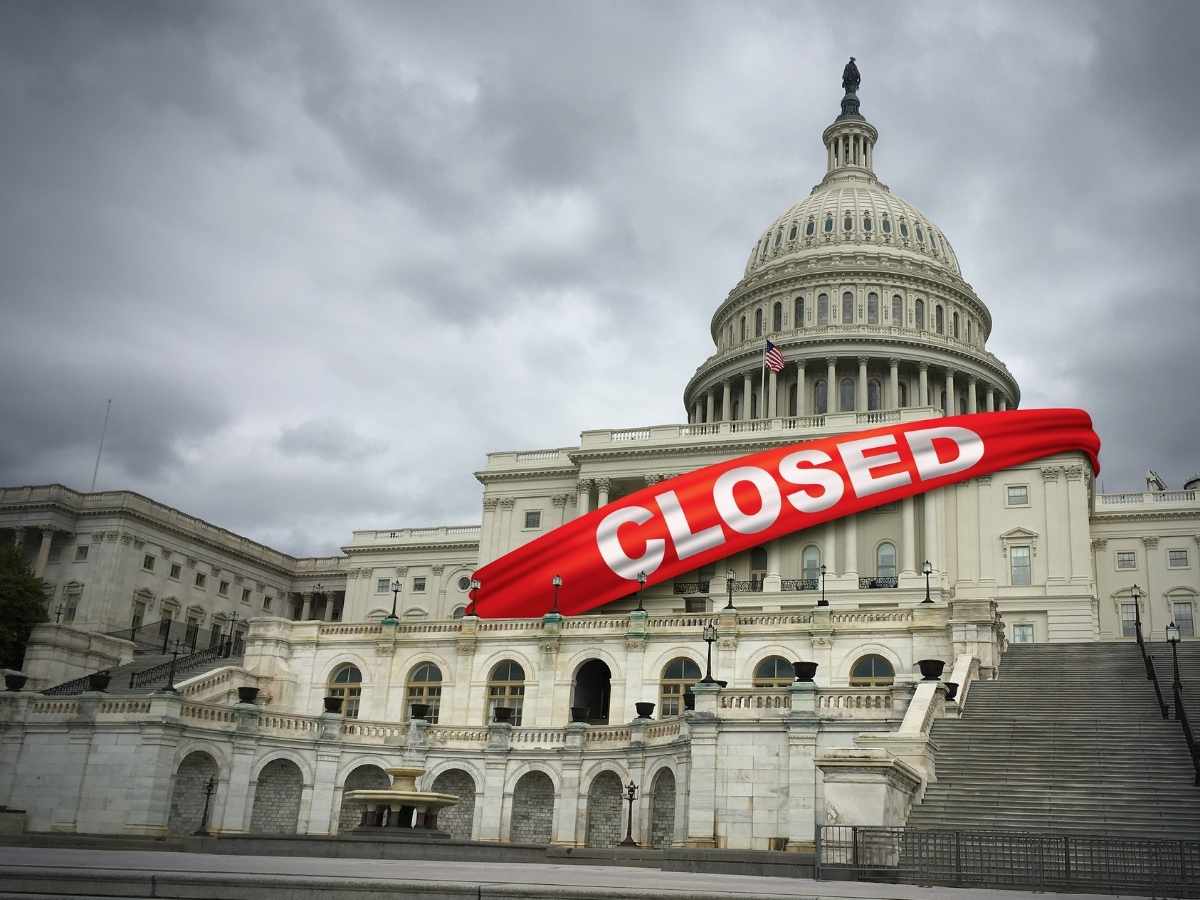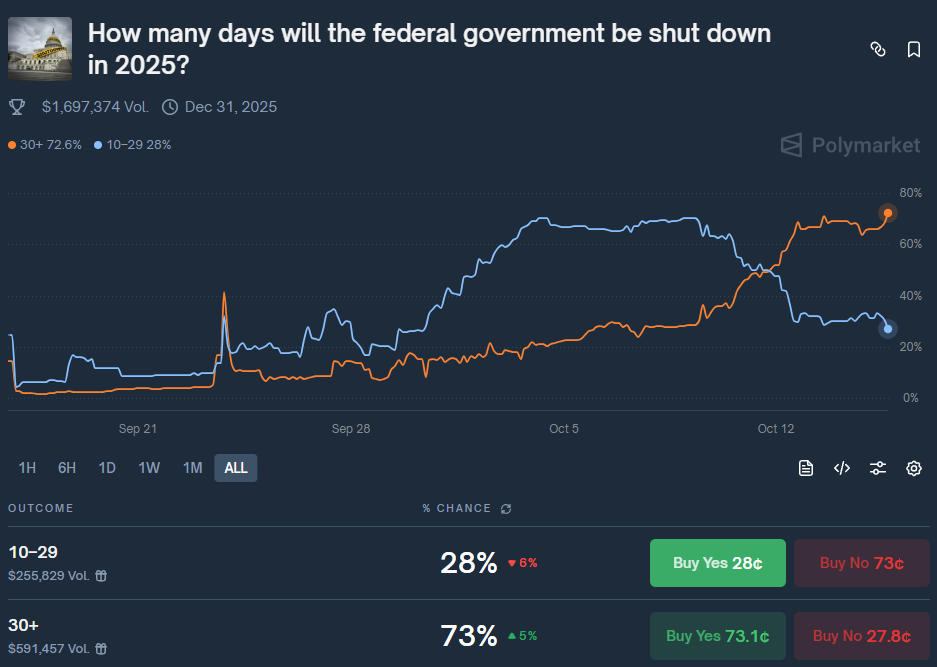The Impact of the 2025 Government Shutdown on Small Businesses
As small and medium-sized businesses (SMBs) navigate the complexities of contracting with the U.S. government, the current government shutdown presents both challenges and opportunities. This shutdown, now the 11th since 1976, results from ongoing disputes over spending limits and foreign aid cuts, echoing the record 35-day shutdown from 2018-2019. In this blog, we aim to break down what this shutdown means for you as a service provider and how you can adapt to the changing landscape.
Key Facts About the Shutdown
As of October 2025, here are some critical points to consider:
1. About 900,000 federal employees have been furloughed, while nearly 700,000 are working without pay.
2. Unlike previous shutdowns, there’s uncertainty regarding back pay for federal workers, leading to fears of permanent layoffs.
3. Essential services like air traffic control and military operations continue; however, agencies like the IRS and the Department of Education have slowed or paused many operations.
4. The ongoing shutdown is costing the economy an estimated $400 million per day.
5. Polymarket odds are currently at +30 days
In states heavily reliant on federal contracts, the repercussions are especially severe. For instance, areas like Washington D.C. and Hawaii are feeling the impact acutely, as many residents are either federal employees or work for contractors.
Who Is Affected?
States are affected differently depending on their reliance on federal jobs and contracts. Here are some highlights:
1. District of Columbia: Over 25% of jobs are federal, and the highest federal contract dollars per capita exceed $50,000. Without funding, many local projects are stalled.
2. Hawaii: Approximately 5.6% of jobs are federal positions, and the local economy, heavily dependent on real estate, is facing mortgage processing delays.
3. New Mexico: With over $6,000 per capita in federal contracts and a significant percentage of the population enrolled in SNAP, many residents may struggle if the funding freeze continues.
How Can SMBs Adapt and Thrive?
1. Stay Informed: Knowledge is power, especially during uncertain times. Keep abreast of updates regarding the shutdown and its implications for federal contracting. Visit our blog for the latest insights.
2. Leverage Your Status: If you are a veteran-owned, women-owned, or minority-owned business, you might qualify for special programs such as 8(a), VOSB, WOSB, or HUBZone. These programs can provide you with unique advantages in securing government contracts. Learn more about these opportunities on our government programs page.
3. Consider Alternative Opportunities: While federal contracts may experience delays, look for local government contracts or private sector opportunities that may be less affected by the shutdown.
4. Network and Collaborate: Engage with other SMBs and organizations that are also navigating these challenges. Building a network can help you share resources and strategies.
5. Prepare for Future Contracts: Use this downtime to enhance your capacities. Whether it’s improving your proposal writing or refining your business model, being proactive can position you better when contracts become available again.
Understanding the Broader Impact
The financial implications of the shutdown extend beyond just federal employees. Local economies in states with high federal employment or contracts are particularly vulnerable. Areas like D.C. and Hawaii, where many residents depend on government contracts, may face significant economic downturns. As a service provider, understanding these dynamics can help you make informed decisions.
In addition to direct impacts, essential services are also affected. With federal agencies like the IRS and the Department of Education slowing operations, businesses relying on these services can expect delays in processing and approvals. This situation calls for patience and strategic planning.
States Most & Least Affected by the Government Shutdown
| Overall Rank (1 = Most Affected) | State | Total Score | Overall Rank (1 = Most Affected) | State | Total Score |
|---|---|---|---|---|---|
| 1 | District of Columbia | 76.33 | 27 | Texas | 31.75 |
| 2 | Hawaii | 71.63 | 28 | Oregon | 31.59 |
| 3 | New Mexico | 71.31 | 29 | Missouri | 30.38 |
| 4 | Alaska | 70.32 | 30 | South Dakota | 29.58 |
| 5 | Maryland | 67.94 | 31 | Utah | 29.42 |
| 6 | Virginia | 59.06 | 32 | Delaware | 29.35 |
| 7 | West Virginia | 51.52 | 33 | Idaho | 28.52 |
| 8 | Alabama | 45.49 | 34 | Tennessee | 28.28 |
| 9 | Oklahoma | 40.87 | 35 | New York | 28.12 |
| 10 | Arizona | 39.98 | 36 | North Carolina | 28.08 |
| 11 | Maine | 39.14 | 37 | Vermont | 27.64 |
| 12 | Mississippi | 39.04 | 38 | California | 27.21 |
| 13 | Florida | 38.70 | 39 | Illinois | 26.86 |
| 14 | Montana | 37.79 | 40 | Michigan | 25.53 |
| 15 | Louisiana | 37.45 | 41 | Ohio | 24.04 |
| 16 | Rhode Island | 36.00 | 42 | Arkansas | 21.47 |
| 17 | Georgia | 35.39 | 43 | North Dakota | 21.41 |
| 18 | Nevada | 35.12 | 44 | Kansas | 19.94 |
| 19 | Wyoming | 34.94 | 45 | New Jersey | 19.68 |
| 20 | Kentucky | 34.31 | 46 | Wisconsin | 19.05 |
| 21 | Washington | 33.95 | 47 | New Hampshire | 16.24 |
| 22 | Pennsylvania | 33.30 | 48 | Nebraska | 16.14 |
| 23 | Colorado | 33.13 | 49 | Indiana | 15.86 |
| 24 | Massachusetts | 32.91 | 50 | Iowa | 13.90 |
| 25 | South Carolina | 31.87 | 51 | Minnesota | 12.77 |
| 26 | Connecticut | 31.76 |
Conclusion
While the current government shutdown poses many challenges, it also creates opportunities for SMBs willing to adapt. Whether you’re looking to secure new contracts or simply keep your business afloat during tough times, staying informed, leveraging your business status, and networking can make a significant difference.
For more detailed insights and resources, make sure to visit our main website at Select GCR. Here, you can find tools and support designed to help you navigate government contracting successfully. Together, we can weather the storm of the shutdown and emerge stronger on the other side.
Sources Cited
– WalletHub – Government Shutdown Report
– U.S. Census Bureau and U.S. Bureau of Labor Statistics data




